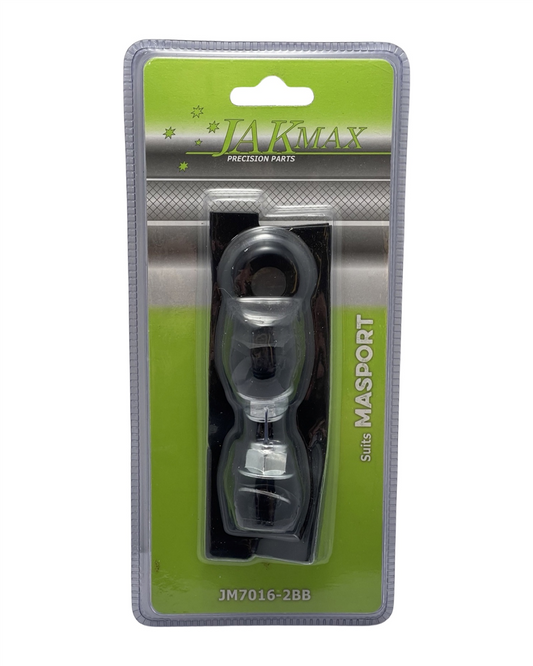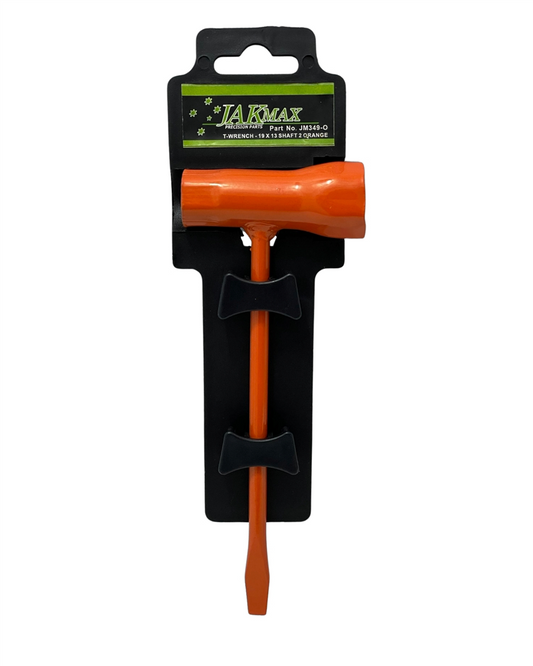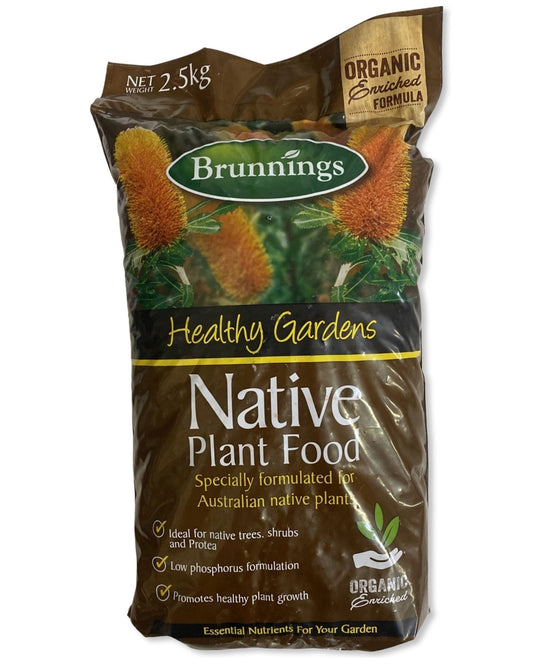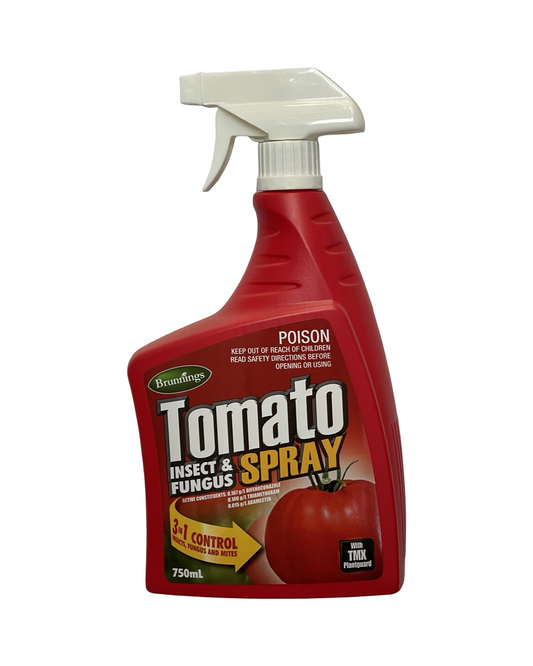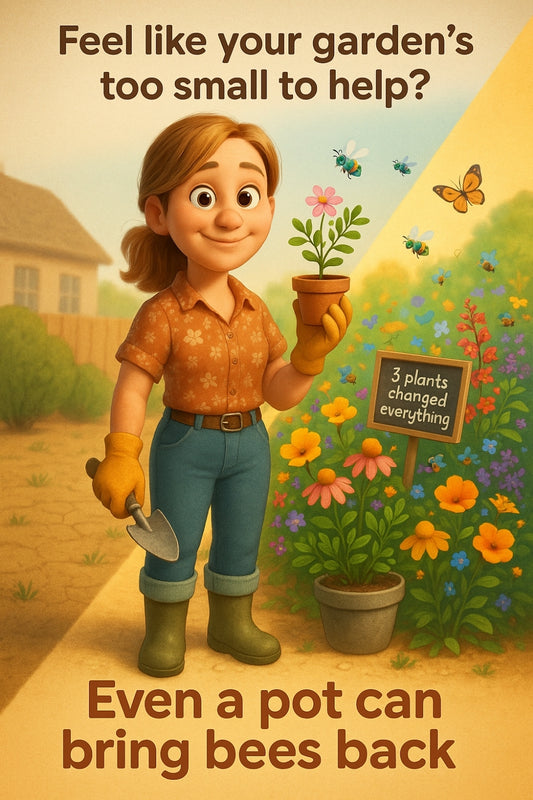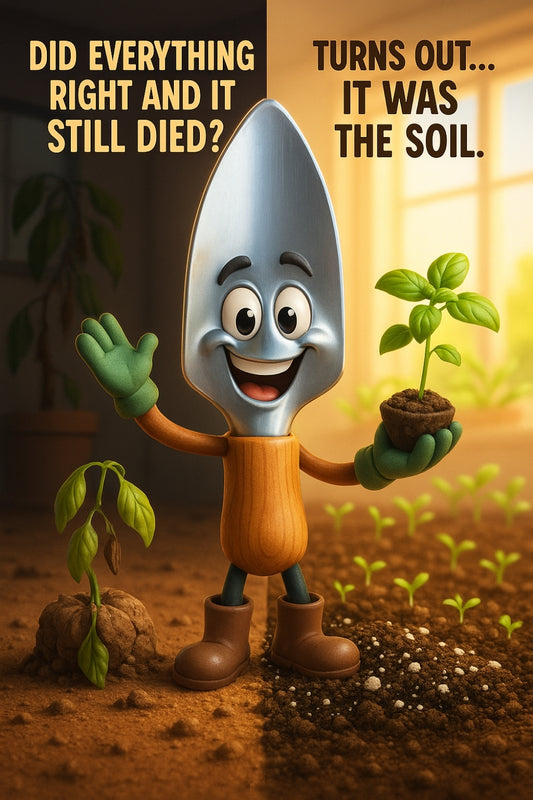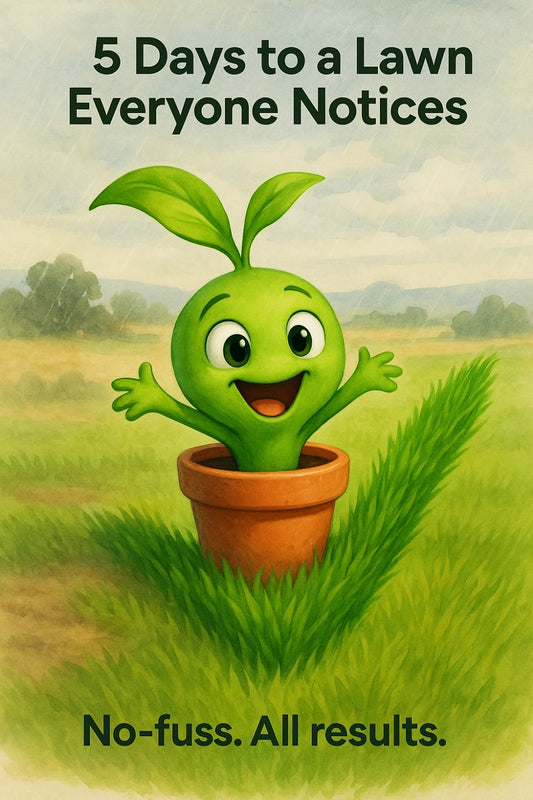Feeling frustrated by rocky soil? Here’s what worked for me
Share
How I Conquered Rocky Soil and Turned My Garden Into a Dreamy Oasis
Starting a garden is always exciting—until you hit hard, rocky soil and feel like you’ve just discovered an ancient ruins site instead of a backyard. If that sounds familiar, don’t worry! I’ve been there too, wondering if I needed a jackhammer just to plant a humble tomato seedling.
But here’s the good news: rocky soil isn’t a death sentence for your gardening dreams. With a bit of strategy, patience, and clever techniques, you can turn even the most stubborn ground into a thriving garden bed. Let me walk you through what worked for me—no heavy machinery required!
Breaking Through the Hard Stuff
At first, I tried digging straight in with a shovel. Cue the sore arms and absolute frustration. Lesson learned: brute force is not the answer. Instead, I grabbed a sturdy garden fork and a mattock (which quickly became my new best friend).
A mattock is a game-changer when dealing with compacted, rocky soil. Its sharp blade chops through tough patches, while the fork loosens the pieces without turning your arms into jelly. If you’re tackling a large area, work in sections and take breaks—your back will thank you.
Adding Life to the Soil
Once I’d broken up the surface, I focused on improving the quality of the soil. Rocky ground usually lacks nutrients, so simply planting into it isn’t enough. Here’s what helped:
- Compost: Adding rich, organic compost helped introduce much-needed nutrients and microbes.
- Gypsum: If your soil is clay-heavy as well as rocky, gypsum can loosen it over time.
- Mulch: A thick layer of mulch helped keep moisture in and reduced the strain on my plants.
Within a few months, I started to see the difference. The soil became darker, softer, and—most importantly—full of wriggling worms. A sure sign things were improving!
Raised Beds: A Smart Short-cut
If you just can’t face digging through layers of stubborn earth, raised garden beds are the way to go. After a few battles with hidden rocks, I decided to save myself from the struggle. I built a few simple timber frames, filled them with healthy soil, compost, and mulch, and suddenly had perfect planting spaces—minus the backbreaking effort.
Here’s why I love raised beds for rocky soil:
- You control the soil quality from the start.
- Plants grow faster because they don’t have to fight compacted ground.
- It saves time and effort, particularly for beginner gardeners.
Choosing Plants That Can Handle Tough Conditions
Some plants are surprisingly good at thriving in tough soil. Before I enriched my garden, I stuck with options known for their resilience. A few of my favourites:
- Lavender: Loves well-drained soil and thrives in less-than-perfect conditions.
- Rosemary and Thyme: Hardy, drought-tolerant, and perfect for an easy-care garden.
- Native Plants: Naturally adapted to local conditions, they need little extra care.
These plants not only survived but flourished while I worked on improving the rest of the space.
Patience Pays Off
No garden starts perfect, and rocky soil can make the journey feel slow. But every bit of effort adds up. Over time, the soil becomes more workable, plant roots settle in, and the once-frustrating patch of dirt begins to take shape as a real garden.
If rocky ground has you feeling discouraged, don’t stress. A little preparation, some smart shortcuts, and the right plant choices will have you well on your way to a flourishing backyard. And trust me—the moment you see the first flowers bloom or harvest your first veggies, every bit of effort will feel worth it!
Happy gardening!
Candeece
 Stay Connected
Stay Connected
Join our gardening community on Facebook the Urban Gardener's Notebook
And follow our Store Facebook Page: Strathalbyn H Hardware on Facebook


